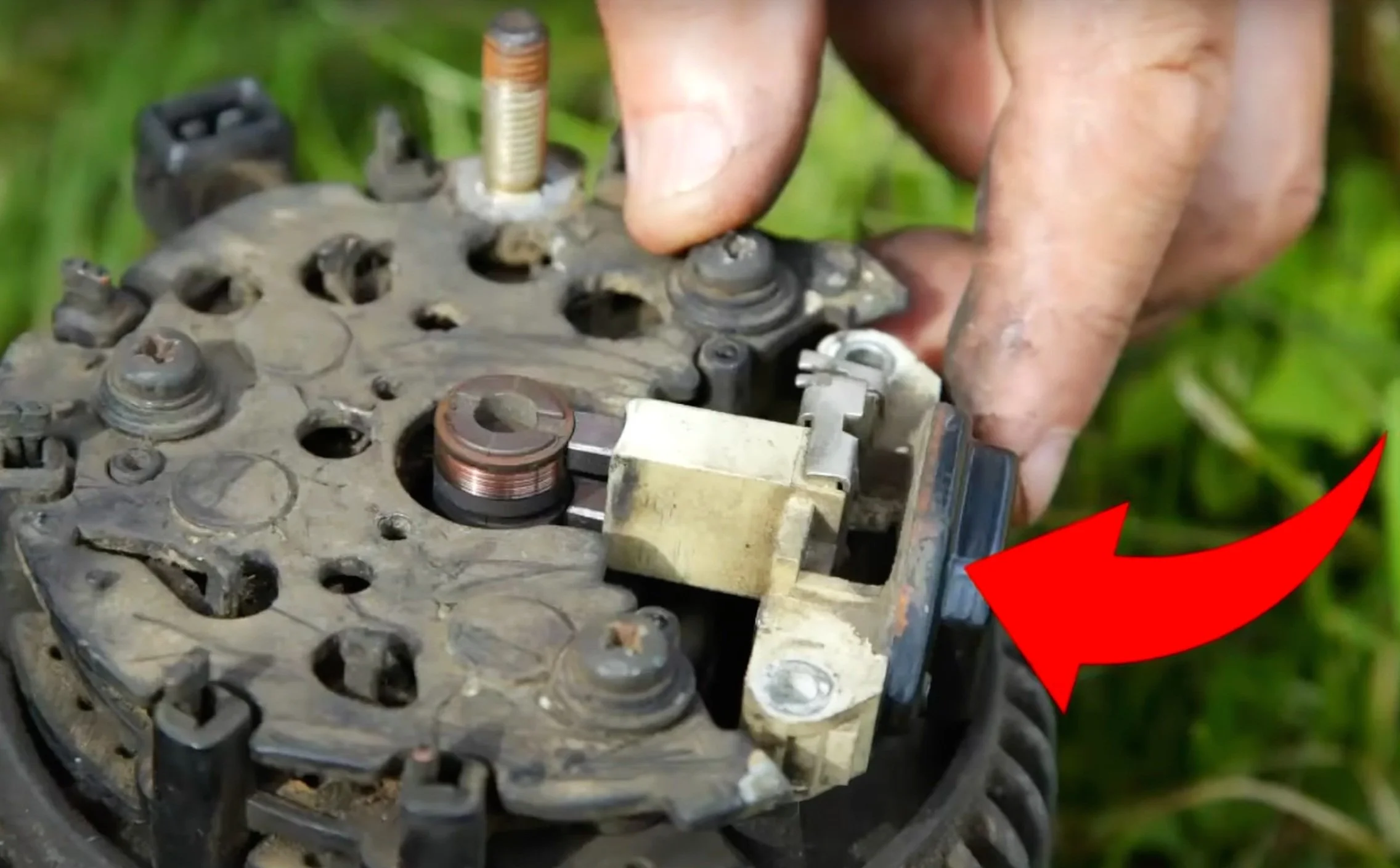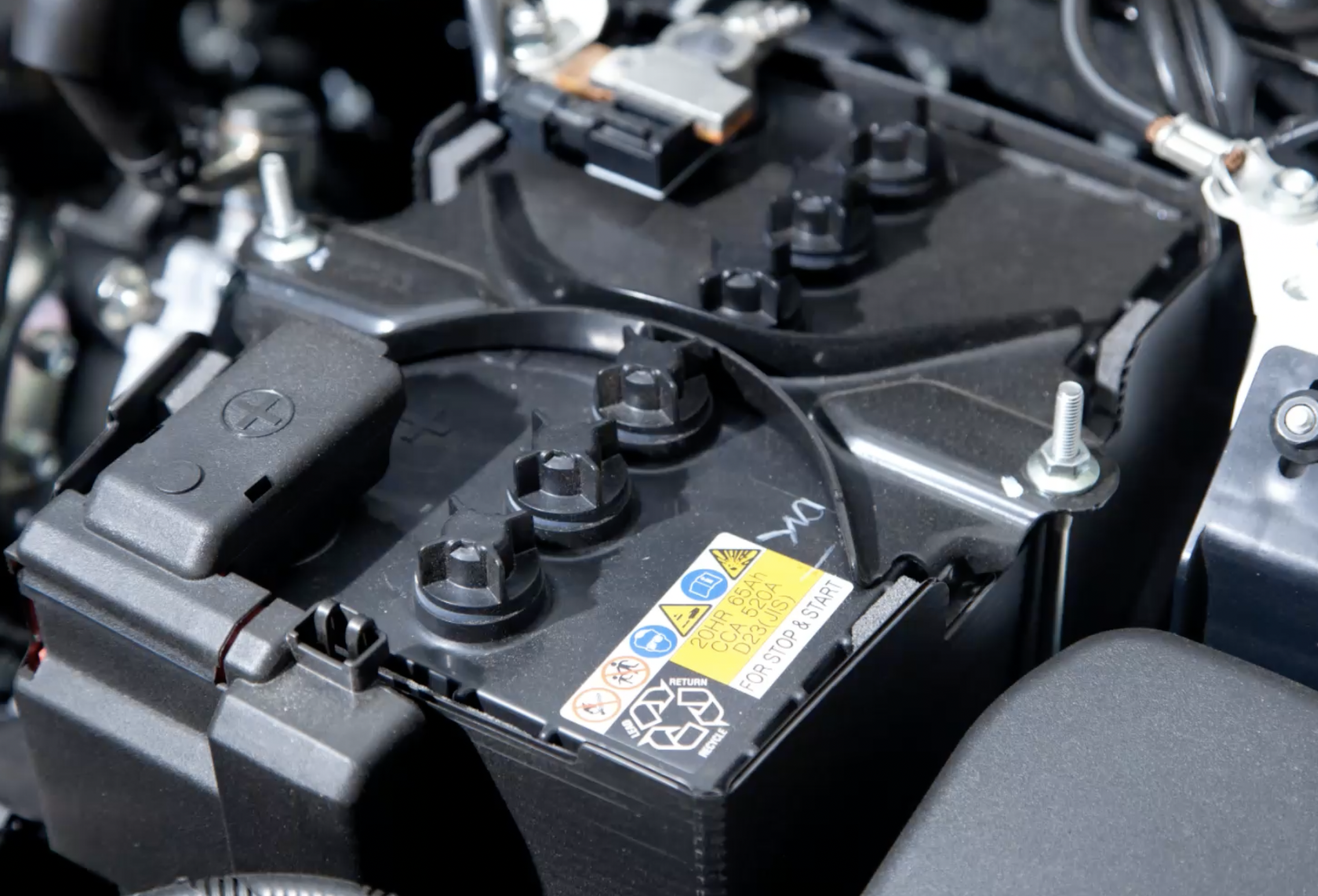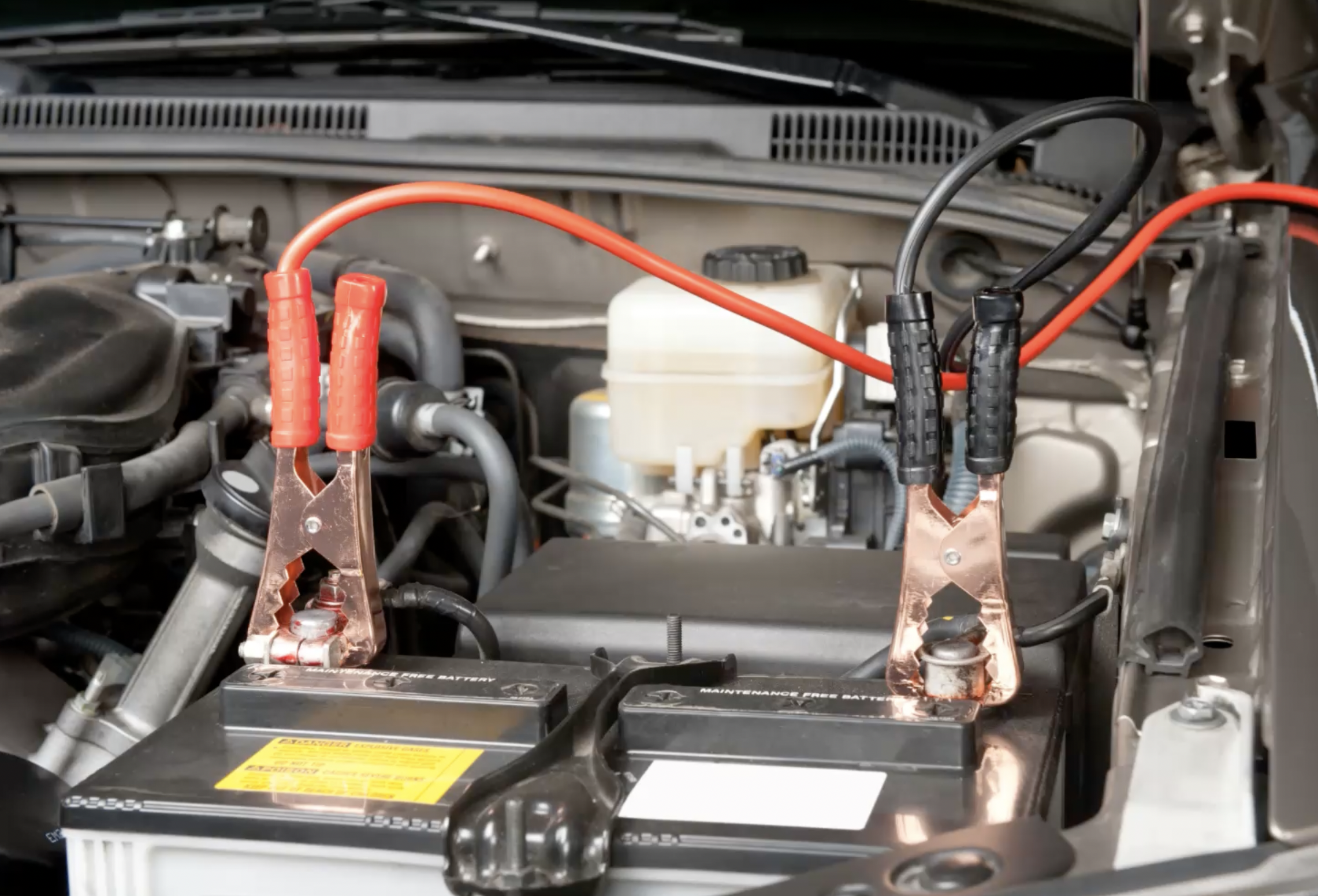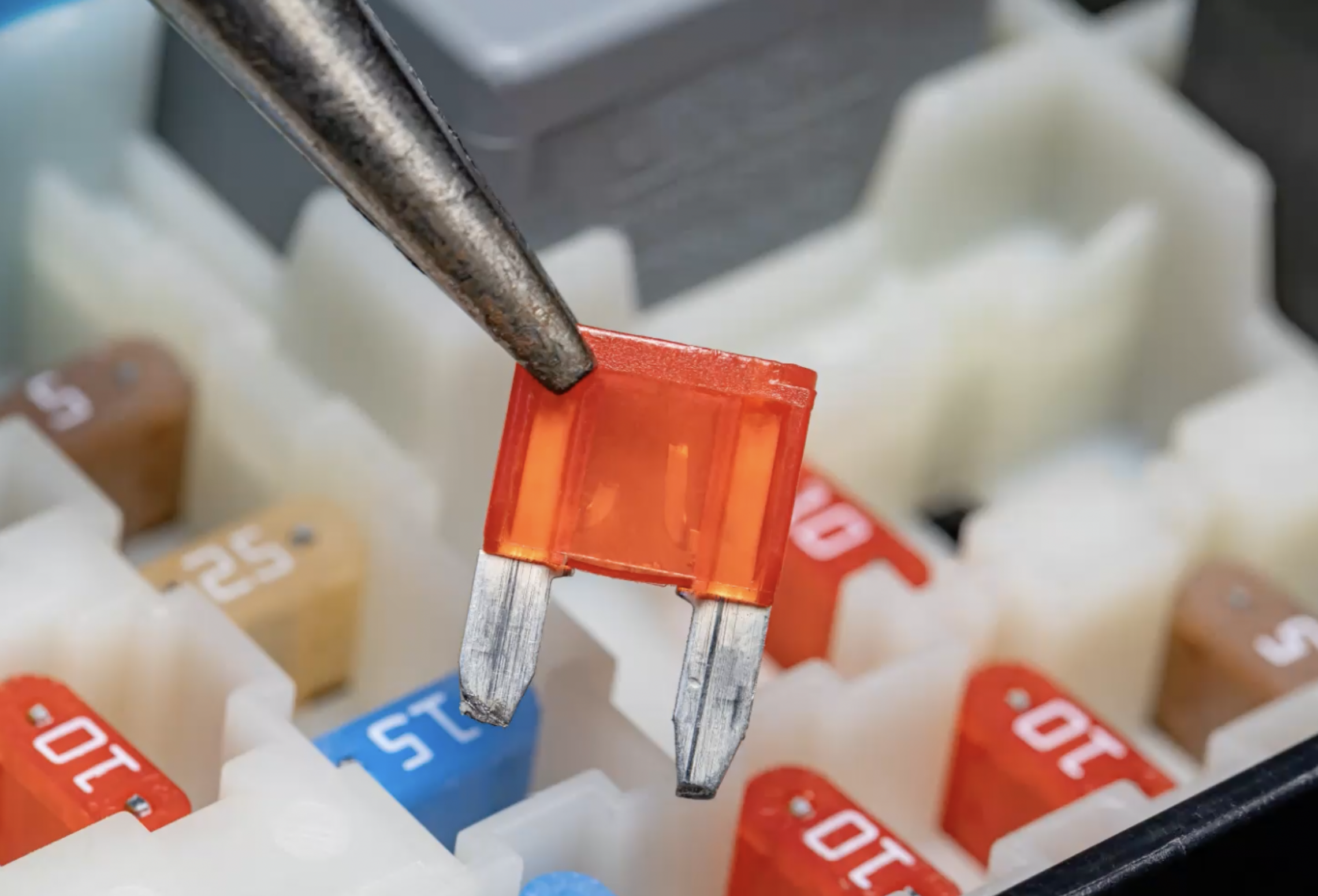5 SYMPTOMS OF A BAD VOLTAGE REGULATOR
If you're experiencing electrical issues in your vehicle like dim lights or a dead battery, then you might be dealing with a bad voltage regulator. In this article, we'll take a look at the purpose, location, and symptoms of a bad voltage regulator, so you can find out if this component is causing problems in your vehicle.
purpose
The voltage regulator prevents the battery from either undercharging or overcharging. This ensures that your car battery remains charged enough to start your vehicle and prevents any potential harm to the battery caused by overcharging.
location
In most cars, the location of the voltage regulator is either attached to the alternator or inside of it. In older cars with carburetors, it could be found on the firewall. Also, some newer cars don't have a voltage regulator. Instead, the alternator voltage is controlled by the engine control module.
It’s important to note that the voltage regulator can fail in two different ways. It can either restrict the correct amount of voltage to charge the battery, or it can send too much voltage to the battery. Both will create different types of symptoms that we’ll talk about today.
symptoms
warning lights
The first symptom of a faulty voltage regulator is the illumination of warning lights on the dashboard. More specifically, the battery light will come on. However, in certain cases, other warning lights such as SRS, TCS, ABS, or BRAKE may also illuminate.
discharged battery
The second symptom of a bad voltage regulator is a discharged battery. You’ll be trying to turn on your car but it will fail to start. This can be caused by the voltage regulator limiting the amount of voltage needed to charge the battery. Resulting in the battery not having enough power for the starter to crank your engine and start your car.
dead battery
The third symptom you may experience is a dead battery. If you find yourself needing to replace your battery earlier than expected, it may be due to an issue with the voltage regulator. This can happen if the voltage regulator is overcharging the battery. Specifically, anything over 15V can damage it.
headlight problems
The fourth symptom of a bad voltage regulator is having headlight problems. You may notice your headlights increase in brightness as you accelerate or on the flip side you may notice them more dim than usual.
blown fuses
The fifth symptom of a bad voltage regulator you could be experiencing with your car is blown fuses. A bad voltage regulator can cause the alternator to overcharge the battery, leading to an increase in the voltage. According to Ohms's law (voltage/resistance = amperage), as voltage increases, so does amperage. And if the amperage exceeds what the fuse is rated for, the fuse will blow.
Check out my YouTube video!
Disclaimer: Some links in this article may be affiliate links.








